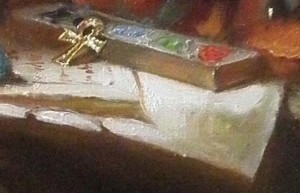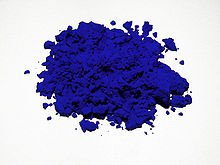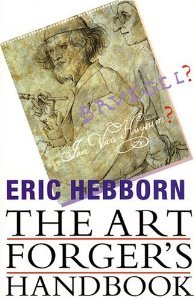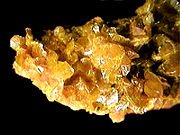Felucca Study # 2 Oil on Silver Leaf, 7x5 ©Margret E. Short, OPA, AWA, Galerie Gabrie, Pasadena Lessons from the Pharaoh's Tomb, Part Two … [Read more...] about Felucca Study #2
pigments
From Cairo to My Easel
Detail of the final painting, Festival of Opet, for the Pharaoh Part ll Exhibit, featuring the Oud. This instrument is also known as the ud. Copyright Margret E. Short, 2011 … [Read more...] about From Cairo to My Easel
From the Vizier’s Studio
This detail of one of the finished Part ll Project paintings shows how the vizier's paintbox might have looked in his studio. The colors in the box, red iron oxide, malachite, yellow, and black were all used in my painting just has he most likely would have used. Writings below the box are on papyrus. … [Read more...] about From the Vizier’s Studio
When I Grow Up, I Want to Be an Art Forger
Now I do not aspire to go underground or "non-legit" with my painting techniques, but art forgery is quite a fascinating topic. One of the best ploys Eric Hebborn suggests is to purchase an artistically worthless old painting, say, from an antique shop or art auction. Wood panel or canvas, each would be naturally aged and seasoned, ready to scrape, … [Read more...] about When I Grow Up, I Want to Be an Art Forger
Chicanery
Who could have guessed one of the most helpful and instructional guides for this project would be a cunning art forger? While examining one of my favorite art book's bibliography (the best feature of any book!), the title, The Art Forger's Handbook jumped off the page. Eric Hebborn wrote about his artistic skills describing ingenious deceptions, … [Read more...] about Chicanery
Arsenic in the Stew
Orpiment, shown above in its natural form and also pigment form, was widely used in Egypt during and after the 18th dynasty, about 1500 BC. During this period the very progressive and successful female pharaoh, Hatshepsut, was in power. It is thought that she initiated trade with other countries and the use of orpiment began because of her. Because … [Read more...] about Arsenic in the Stew






